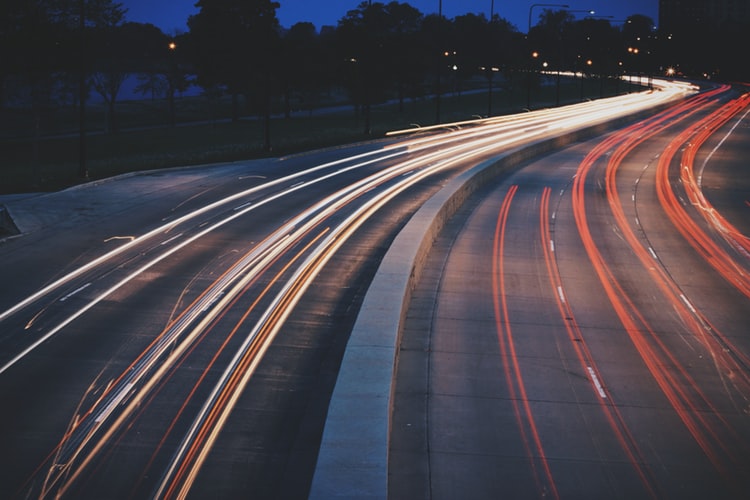According to AM Best, the global credit ratings agency, the US nonstandard auto insurance segment has posted a slight profit for the first half of 2024, following two years of unprofitable but improving results.
 A new report released by the agency states that the results of the companies that comprise AM Best’s private passenger nonstandard auto (PPNSA) composite generated an underwriting income of $13 million in H1 2024.
A new report released by the agency states that the results of the companies that comprise AM Best’s private passenger nonstandard auto (PPNSA) composite generated an underwriting income of $13 million in H1 2024.
This represents a notable improvement from the $457 million underwriting loss that was reported during the same period last year.
It’s worth showcasing that prior to the improved results seen in H1’24, post-pandemic headwinds majorly affected the profitability of standard and nonstandard auto insurers.
From what we understand, those headwinds included persisting rate inadequacy, the effect of inflationary pressures on body shops, the cost of auto parts, used car prices, as well as an increase in attorney-represented bodily injury claims.
Meanwhile, AM Best recently revised its outlook for the US personal auto insurance segment to stable from negative. The agency revealed that the key drivers of the outlook change were the segment’s improved rate adequacy, a more accommodating regulatory landscape for personal auto insurers, solid risk-adjusted capitalization, and rising investment yields as lower-yielding bonds mature and are reinvested at higher rates.
“The operating results of the PPNSA composite have lagged those of AM Best’s private passenger standard auto composite. The key differences have been in the combined ratios for the two composites, measuring bottom-line underwriting profitability. The personal auto line also benefits from being a leader in leveraging current technology in all operational areas, including claims, underwriting, and distribution,” commented David Blades, associate director, AM Best.
It’s important to underline that whilst the PPNSA composite’s net underwriting results improved in 2023, it managed to generate an underwriting loss of $673 million for year-end 2023, although that loss was comparatively much smaller than the loss of $904 million in 2022.
AM Best also notes that on a quarterly basis, nonstandard auto market direct premiums written have been rising over the past few years.
In fact, efforts to achieve rate adequacy resulted in a 25% year-over-year increase during the first quarter of 2024, as well as a 23% increase in the second quarter.
The PPNSA composite’s quarterly direct premium written (DPW) also managed to surpass the $7 billion plateau for the first time in the first quarter of 2024, and it also came close to doing so again in the second quarter, with $6.6 billion in DPW, AM Best concluded.
The post US nonstandard auto insurance manages to squeeze small profit in H1’24, AM Best appeared first on ReinsuranceNe.ws.